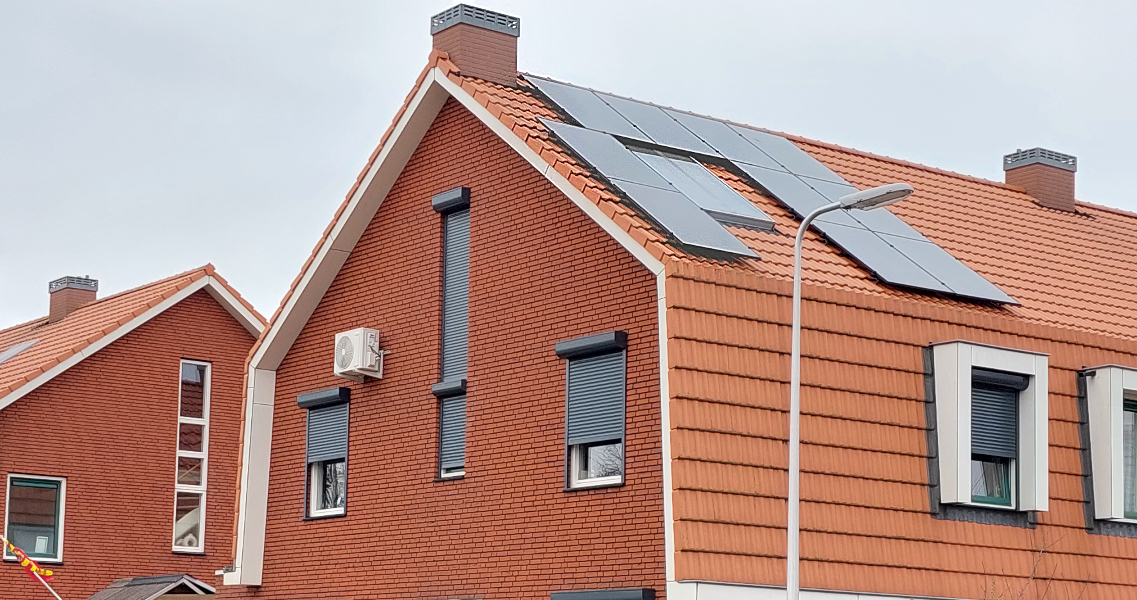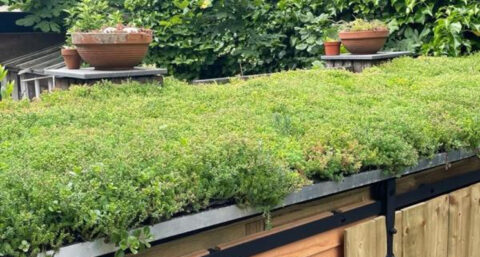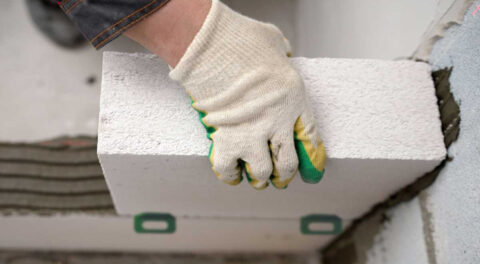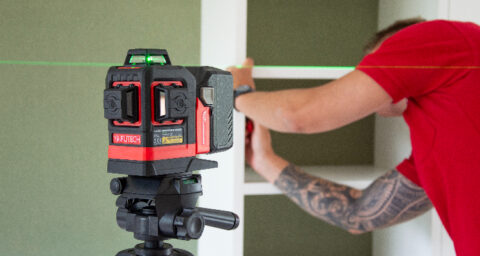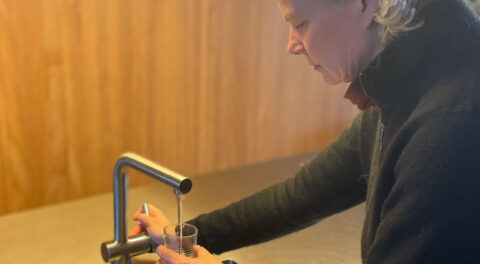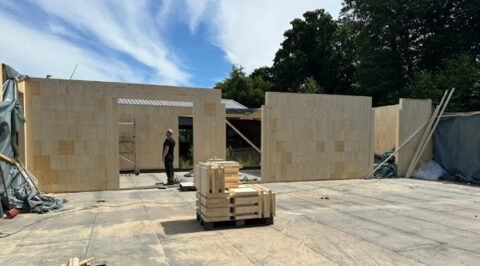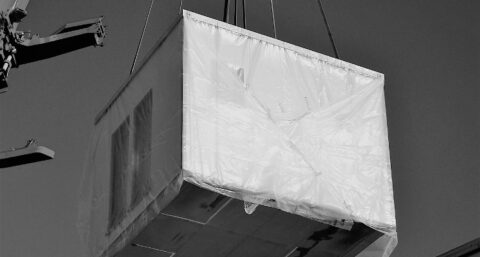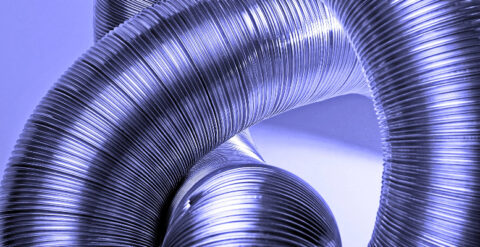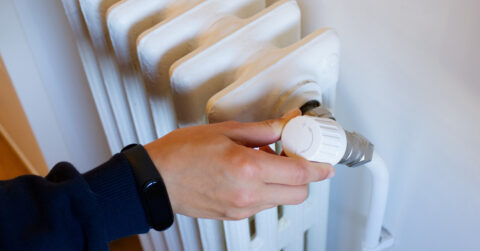What is involved in installing a solar water heater? The work ranges from making a capacity calculation to determining slope angles to pipe routing. Finally, it is a good idea to inform the customer about the importance of system maintenance and cleaning flat plate collectors.
Capacity
Before installing, some things must be determined and calculated. The capacity of the solar water heater and the area of solar collectors depend on the situation. What is the composition of a household, and how much water do they consume? Do they only use hot tap water, or do they have a pool to be heated by the solar water heater? Or do they want to control their entire heating system using a solar water heater (and possibly solar panels)? All of these criteria come into play.
Weight
A calculation regarding weight is also needed. The roof must have enough load-bearing capacity for the collectors, but the mounting space for the storage tank must also be sturdy. A wooden attic floor may be able to support a boiler tank (for hot water only), but a buffer tank (for heating) often has a capacity of 800 or 1000 liters. That does not go in the attic, but perhaps in a technical room on the first floor (already provided in new construction) or in the garage. Sometimes such a vessel is also placed outside or even underground.
Slope and direction
The collectors (both flat plate and heatpipes) of the system should capture as much sunlight as possible. South-facing orientation is therefore ideal. The angle of inclination should be between 20° and 60°. On a pitched roof, the slope angle is a given; on a flat roof, the frame can be mounted at the desired angle. Then 45° is best.
Always work safely! On both pitched and flat roofs, take safety requirements seriously! Work from scaffolding if you can and if not, make sure you are secured.
Pipes
Two pipes must be connected to the boiler tank. One pipe brings the hot water from the collectors to the boiler tank. The other pipe brings the water back to the collectors after the heat from the liquid has been transferred to the water in the boiler tank. The shorter the path the pipes have to travel (and the better insulated the pipes are) the less heat loss there is. So if possible, place a boiler tank close to the collectors. If the collectors are on the roof, the attic is the best location for the cylinder. The pipes can then be routed through the gutter, or through the cavity or a shaft.
Maintenance and cleaning
Advise the customer to have the solar water heater serviced periodically. Something else is cleaning, which may be necessary with a flat plate collector. It can get quite dirty and that negatively affects the efficiency of the system. Cleaning with soap and water is one way to get the glass nice and clear again.
